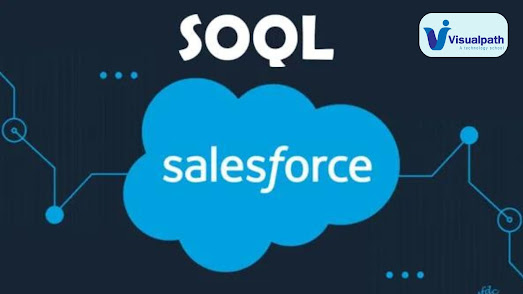How to Write SOQL in Apex? | Salesforce Developer

In Apex, you can write SOQL (Salesforce Object Query Language) queries to retrieve data from Salesforce objects. Here's a basic example of how to write SOQL in Apex: ```apex List<Account> accounts = [SELECT Id, Name FROM Account]; ``` In this example: - `List<Account>` defines the variable type as a list of Account objects. You can replace `Account` with any Salesforce object you want to query. - Salesforce CRM Online Training - `[SELECT Id, Name FROM Account]` is the SOQL query enclosed in square brackets . Inside the query, you specify the fields you want to retrieve (`Id` and `Name` in this case) from the `Account` object. Here's another example where you filter the results based on certain conditions: ```apex List<Contact> contacts = [SELECT Id, FirstName, LastName FROM Contact WHERE AccountId = :someAccountId]; ``` In this example: - `WHERE AccountId = :someAccountId` is the filter condition that restricts the results to only th...

.jpg)
.jpg)
.jpg)

